Helping Racers Go For 200 MPH
Banks has a storied history at the Bonneville Salt Flats, having been directly responsible for setting scores of records in dozens of classes. The Banks/Geisler Studebaker set records for 10 years in nearly a dozen classes. The Sundowner Corvette coupe was the world’s fastest passenger car in 1981 at 240 mph. In 1986, Banks came back with a Pontiac Trans-Am and ran 268 mph to get the same title; a year later—with the same car—ran 283 mph! The Teague, Welch, Banks Streamliner has gone 432 mph to become the world’s fastest piston-engine vehicle.
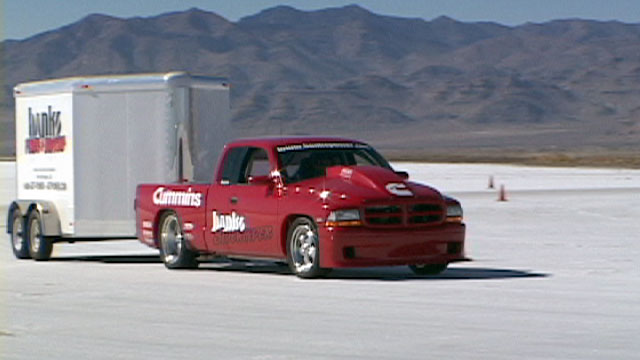
Let’s not forget about diesel. Gale Banks smashed the diesel pickup truck record of 159.657 by propelling a Cummins 5.9L-powered Dodge Dakota to 222 mph. And, the truck famously towed its own 5,000-pound race support trailer to and from the salt.
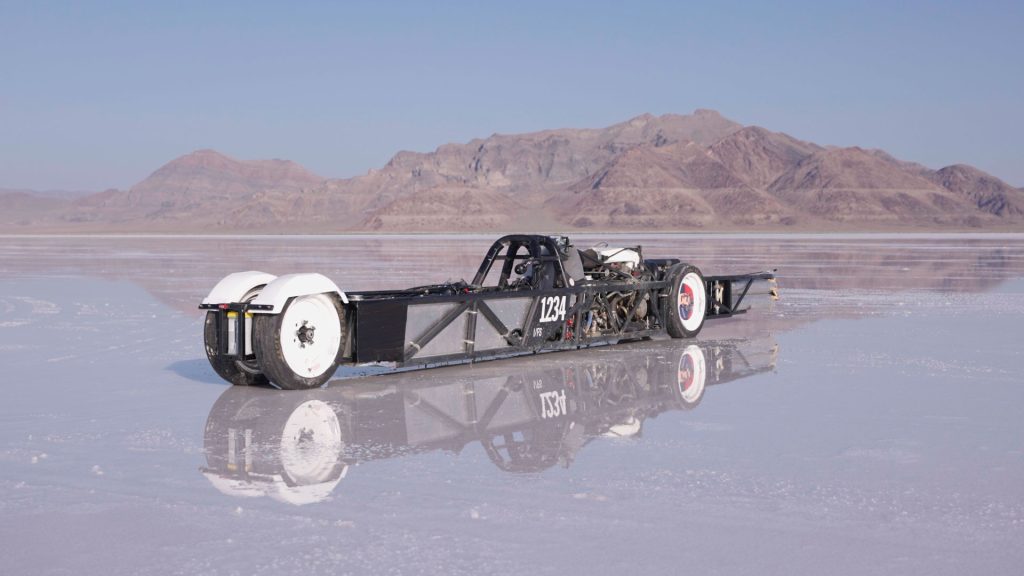
Today, seekers of speed are still making the pilgrimage to Bonneville and Banks is helping them achieve their goals of going fast.

This year, two rookie competitors used the Banks iDash DataMonster as their sole data logger and the Banks AirMouse as their onboard weather stations. YouTube personalities SuperFastMatt Brown and Donut Media’s Nolan Sykes both made their salt flat racing debut last week at Bonneville Speed Week. While Matt piloted his bodiless streamliner, Nolan would take the wheel of a custom vintage roadster.

The iDash is not only a plug-and-play device for modern on-road vehicles. With a little bit of wiring know-how and the right sensors, the iDash can display and record all the data needed to help these custom-built land-speed vehicles to go faster.
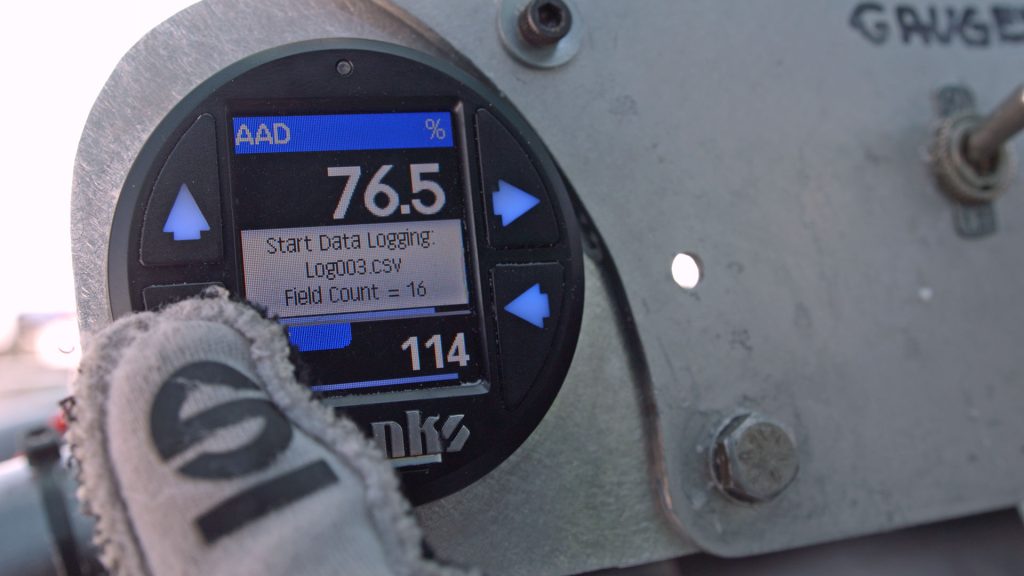
With his unique streamliner, which will be much more streamlined once he finishes the body, Matt was able to quite literally keep one eye on his engine and one eye on the race course. Any other data logger would have been too bulky and would have blocked Matt’s vision. And, any other 52mm diameter gauge would not have had the data and background alert functions to let him know when it was safe to push the car harder.
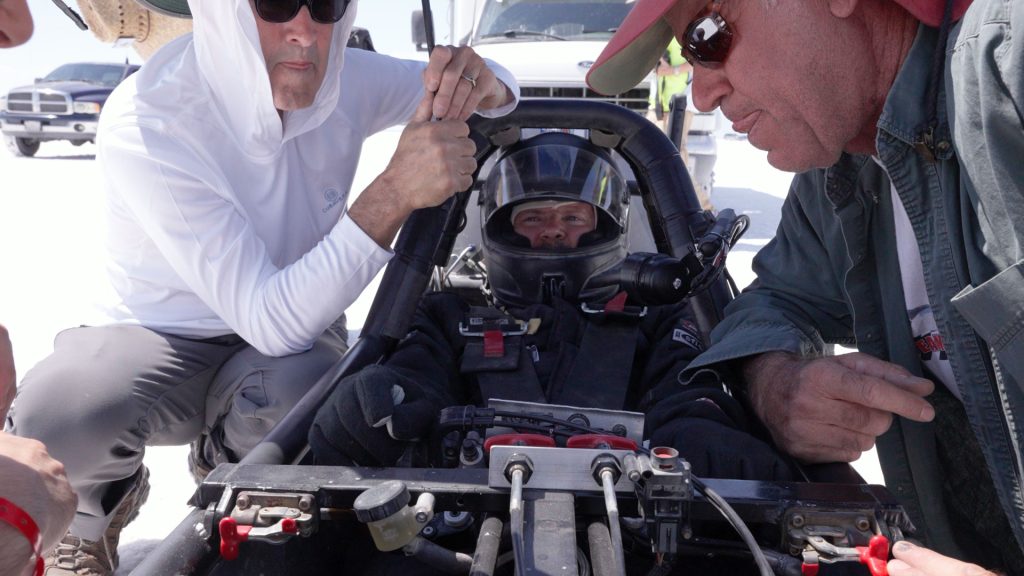
The positioning of the iDash DataMonster in Matt’s Streamliner reminded us of Luke Skywalker’s X-Wing Fighter cockpit before he launched the proton torpedos into the Death Star, making that one-in-a-million shot.

Matt is also using the AirMouse weather station data to help him conceptualize the aerodynamic body of his vehicle. Having a solid understanding of where the areas of high pressure and low pressure are at speed means that Matt will have to go through less trial and error when building the car’s fiberglass shell.
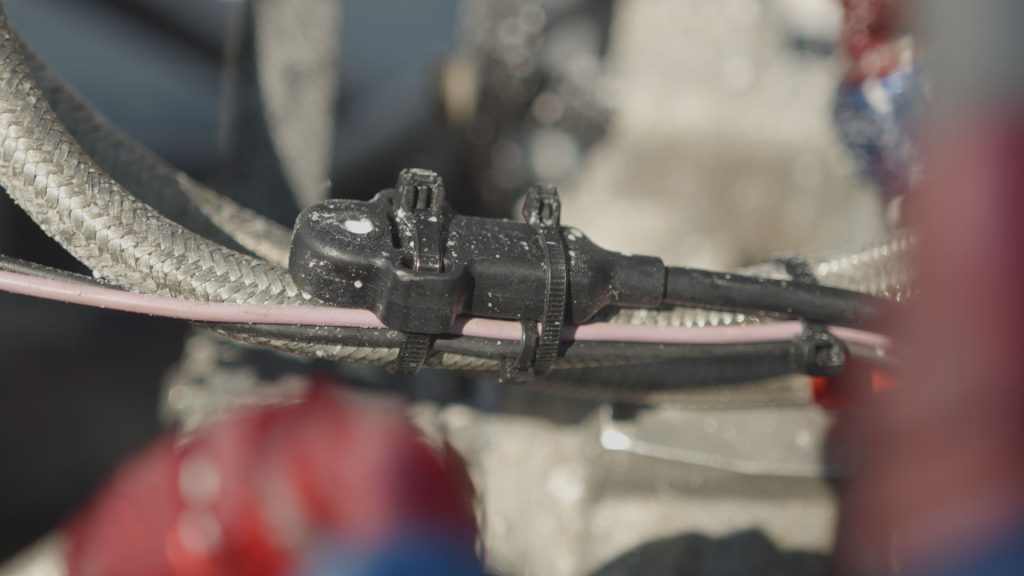
Nolan’s team was able to see the direct effect of their ram-air nose inlet by placing the Banks AirMouse at the throttle body on their Chevy 372. On their fastest run, the Sykes team saw nearly a 20°F drop in intake air temperature bringing it down almost to ambient temperature, but no appreciable increase in intake air pressure even at 193 mph (their fastest speed of the week). This indicates that the roadster’s body is great at evacuating heat from the engine bay, but its ram air intake needs more ducting to truly take advantage of the air pressure mother nature is providing. The data is going to help them develop an improved ram-air intake system and achieve a higher top speed next year.

Both drivers were able to attain rookie licenses despite less-than-ideal, rather wet conditions. With the data they’ve collected, Nolan and Matt are poised to join the 200 mph club at Bonneville Speed Week next year.

Stay tuned. We captured their Speed Week adventure on video!

